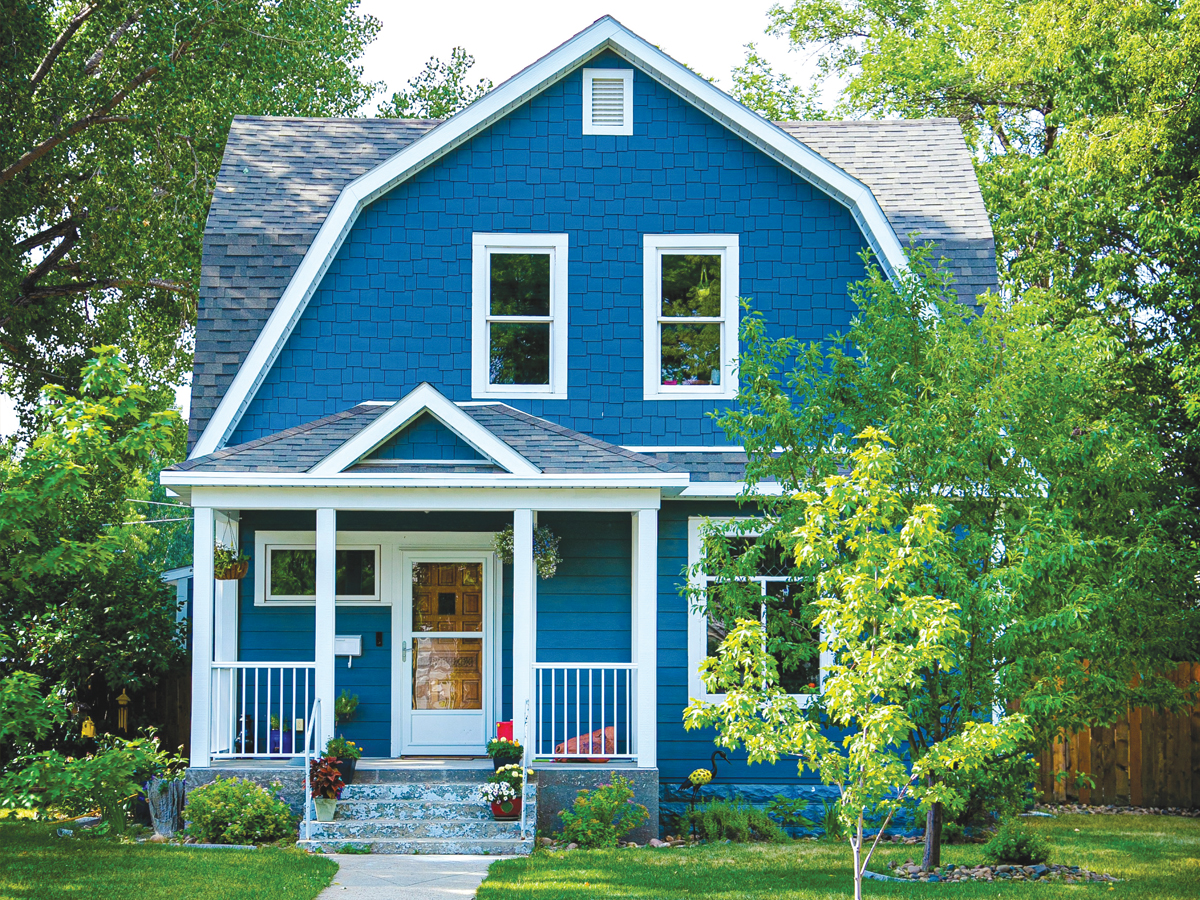Let’s face it, your parents’ health will decline and they’ll probably face a crisis or life-altering event, such as the death of a partner or a serious illness. With ongoing changes in their physical and mental health you/and or your siblings may need to accept more responsibility. Know, however, that your parents have the right to live wherever they want and do, as they wish.
This means that unless they are mentally incapable or causing harm to others, they can make the choice concerning their housing, legal issues, care and finances. While you may be concerned and have some great ideas for possible solutions, be aware that ultimately and legally, it is your parent’s decision as to if, how and when they would like care.
As caregivers, we have to be careful not to pass judgment on, or interfere with, some of the choices our parents may make. This is a very difficult notion to grasp because of the value differences between baby boomers and their parents. For example, baby boomers may be willing to pay for needed care, while an older generation may think it should be provided by the government, free of charge. Boomers have grown up in an environment of constant and rapid change and innovation, and have learned to live with the pace. For the most part, our parents are happier living at a slower, less hectic pace and are resentful of the changes happening to them physically, financially and socially.
Aging parents may also consider themselves very private and independent, so having someone care for them in their house may be a foreign and very uncomfortable notion to them. If your parents are capable and recognize their limitations and strengths, the best you can do is help them with their decisions and then be prepared to accept their choices; even if you do not always agree.
The ability to be independent generally changes over time, and the type of assistance needed can likely be predicted in what professionals have called “stages of care.” In order to help in the most appropriate way possible, its wise to understand and appreciate what stage “they are at” in their day-to-day life.
Fast facts
Research suggests that 40% of seniors have at least one disability that impacts their activities of daily living. Therefore, there is every chance that your parents will need some care and support as they age and financial concerns are top of mind. A survey by VHA found that 78% of people worry that they won’t be able to afford care for themselves or their parents beyond what the government provides. 4 Top Problems Family Caregivers Face:
1. Deteriorating health – sometimes resulting in long-term health problems – 44.7%
2. Social isolation – 39.5 %
3. Emotional detachment – 36.9%
4. Financial repercussions – 28.9 %
The Four Stages of Care
Health is the key determinant in establishing levels of care. The accompanying table may be useful in helping you determine what stage your relative is at, and offers some suggestions for the type of care they may need. (Thanks and credit to Barbara Carter.) Here are some things to consider.
Stages 1: Active Lifestyle
Stage 1 is fairly clear-cut when it comes to your role. The good news: while your parents are fit, healthy and independent, they do not need or want your help. That doesn’t mean don’t call and visit regularly or start helping out with the yard work.) They are still able to care for themselves. Perhaps the pace at which they’re going is not quite as swift, but they can manage day-to-day housing, shopping and financial tasks. Be mindful that a critical event, such as stroke or the death of a spouse, however, could change the care situation overnight. The more help you can provide with the major physical tasks around the house, the less risk there is of falls or accidents. Try to “fall proof” the house as a preventive measure. (See our chapter on household safety)
Stage 2: Stable Lifestyle
The middle stages are the areas where adult children have the most difficulty. Here, we find ourselves second-guessing, looking for help and support and trying to juggle to ensure that our parents receive whatever they need on an uncertain schedule. Often, we shift between the job of caregiver to being a son or daughter and back again. The lines of responsibility are fuzzy.
In stage 2 (stable lifestyle), your elder may be in their late 70s or early 80s, and perhaps has recently lost a spouse and is living alone. They seem to be managing, but you notice that you’re starting to get calls at work just to talk, and regular requests to help with things outside the home like driving them to appointments, grocery shopping, helping with finances (these have been coined “instrumental aids to daily living” by researchers at McMaster university).
At this stage you might want to start considering what’s called “homemaking” support that includes laundry, meal preparation, chores, and running errands. Many of our parents will continue to live fulfilling independent lives and not move beyond the stage 2 level of care. Make sure you are cautious, attentive and aware of next steps, as you need to be prepared for change at any time.
Stage 3: Limited Lifestyle
Your elder may be in their mid to late 80s and have just experienced a serious medical setback such as a fall, a minor stroke, or a diagnosis of early Alzheimer’s. You may find they need your attention and may be more forgetful. During this stage the care delivery is of a more personal nature. Activities of daily living involve more hands-on care, and include such things as dressing, toileting and helping with medications. While many children will willingly help with household tasks, they may not be as comfortable with personal or medical care. Often this type of care is delivered by the spouse or health professionals.
Stage 4: Restricted Lifestyle
In Stage 4, nursing home or long-term care is likely what’s needed. Some families choose to provide this care in the home with private nursing or round-the-clock family care, but this is often not sustainable for an extended period. At times, ill relatives are cared for in hospital or, if their situation is chronic but stable, in a long-term care facility (at this point in time the elder is likely very frail, may be mentally incapable and in need of full time, day and night care).
In Canada, long-term care is regulated through federal and provincial programs and is offered in a private and not-for-profit setting. If you are the primary person responsible for care, you would now have advocacy and power of attorney in your role.













